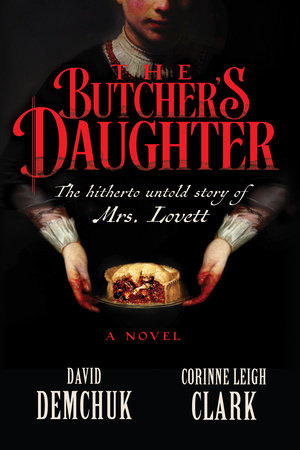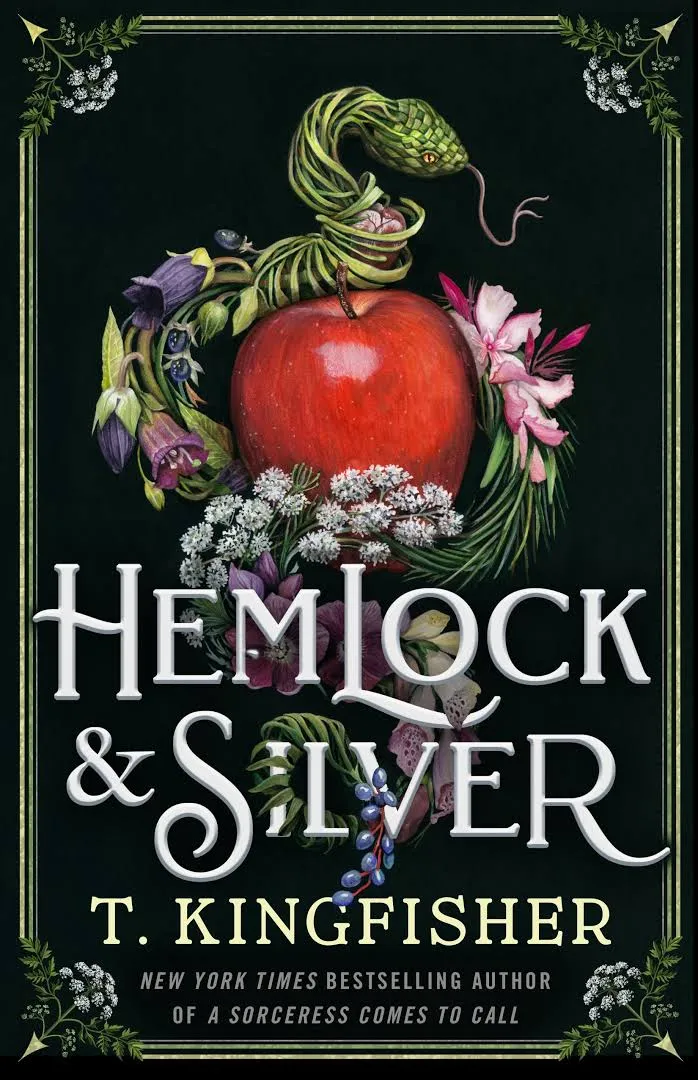Characteristics of a Beautiful Story
- Chyina Powell

- Sep 28, 2021
- 5 min read
As you may have guessed by now, I love reading. And while I read often and a lot, not everything I read is good. If I pick up a book and it does not reel me in within the first chapter, I put it back down again. I know that there are others who only give a book a few pages. And many creative writing instructors are firm in the belief that you can tell if you will enjoy a book by the time you read the first paragraph. Some even claim the first sentence. Although I am not as sure about that claim, there are many books that have grabbed me by the first sentence. Here are a few:
Cold Comfort Farm by Stella Gibbons
Names Will Never Hurt Me by Jaime Adoff
Slaughterhouse Five by Kurt Vonnegut
Removed by S.J. Pajonas
Americanah by Chimamanda Ngozi Adichie
Now, these are some amazing books all about very different subjects. And while I give a book a whole chapter to captivate me, the same cannot be said with a story. Short stories only get a couple of paragraphs at most, unless I am reading it for some purpose other than leisure, which does happen from time to time. When it comes to short stories, the stakes have to be made very early on and some writers just start you off in the middle of a conflict, I do that myself when it calls for it. Others use a witty narrator or a beautiful description, either way, when you read a short story (fictional) you have to be pulled in by something.
There are many writers who give you the most amazing first page and then fall off toward the end, leaving you upset and unsatisfied. That is truly what this post is about, it is about ensuring that whether you write fiction or nonfiction, whether it is a script or long form lyric, you have some basic elements. Please keep in mind that this is not an exhaustive list in any shape or form. Also, these elements are not all necessary in the same work if you are able to weave your words well enough. In that respect, this post is for those who feel as though they could add something extra to an existing work to make it more readable. This is also for those who are just beginning their writing careers and want to start with something stable and likable.
So here is a list of those small things that can make a huge difference:
An interesting protagonist. Please keep in mind that I said interesting, not likable, not relatable, not funny, interesting. Interesting means appealing or alluring in some way. It means that they could be the most obnoxious character ever dedicated to paper but that there is something about them that makes the reader want to know more. An example would be in a book I reviewed here. The main characters were a married couple that I absolutely loathed yet I finished the book. It was interesting and the entire time I wanted the wife to get her comeuppance, I wanted to see her crash and burn. Similarly, I wanted the husband to actually stand up and take charge for once. Did either happen? Well, you can read the book.
Good Pacing. What is the pacing of the story? It is basically the speed at which your plot progresses. A five page introduction in a twenty page story is a huge no-no. Similarly, if you are working on a book length project, don’t wait until chapter four to introduce the main conflict. Don’t get me wrong, if you are a good writer you can do anything, just like Robert Penn Warren’s All The King’s Men. He did not introduce the main character until chapter seven if my memory serves. However, the narration was interesting and until we got to chapter seven you believed that the narrator was the protagonist, even if he was a bit boring.
Honesty. No matter how fictitious the story, no matter how outlandish or unnerving, there should be some truth in it somewhere. Why are gothic tales so disturbing? Because they happen in ordinary settings. For a moment forget the haunted castle and think about the fact that it is the father out to protect his own interests that locked his daughter in a basement with no food or water. The fairy tale about a witch eating children? Consider the fact that it was their mother who forced them out into the cold in the first place.
Fun Language. Everyone gets tired of reading the same thing over and over again. A reader will be exhausted if they constantly have to imagine every image because you tell and never show. Anton Chekhov once wrote: “Don’t tell me the moon is shining; show me the glint of light on broken glass.”
Have a Clear Conclusion. And if that means a cliffhanger or an ending that leaves questions unanswered, so be it, it just has to be clear. The conclusion must be effective, things must come to some sort of end, even if it is not one most readers will agree with. If you write a story with two characters that seem like they’ll end up a couple but don’t that is fine but make that clearly understood. And just because your story is coming to an end does not mean it is the time for sloppy writing. In fact, you should put the same amount of effort in the conclusion as you do in the introduction and maybe even more effort into it. If you want to leave some ends untied do so, but we have to have enough to go on to be able to understand your reasoning. Don’t go all Porky Pig and end it with, “That’s All Folks!”
As I mentioned before, this list is in no ways exhaustive. But these are the things that help to cement your writing and draw your readers in. Also, if you could not tell by the first part of this post, the beginning sentences may have a large impact on your readership so never overlook that. Often, you will have to go back and work on the first chapter of you novel or the first five pages of your short story, that does not mean there was anything wrong with it but you have to make sure to connect the beginning with the ending. If something happens on page six that seems like it will change everything, bring it back, don’t waste that opportunity.
Happy Writing!




Comments